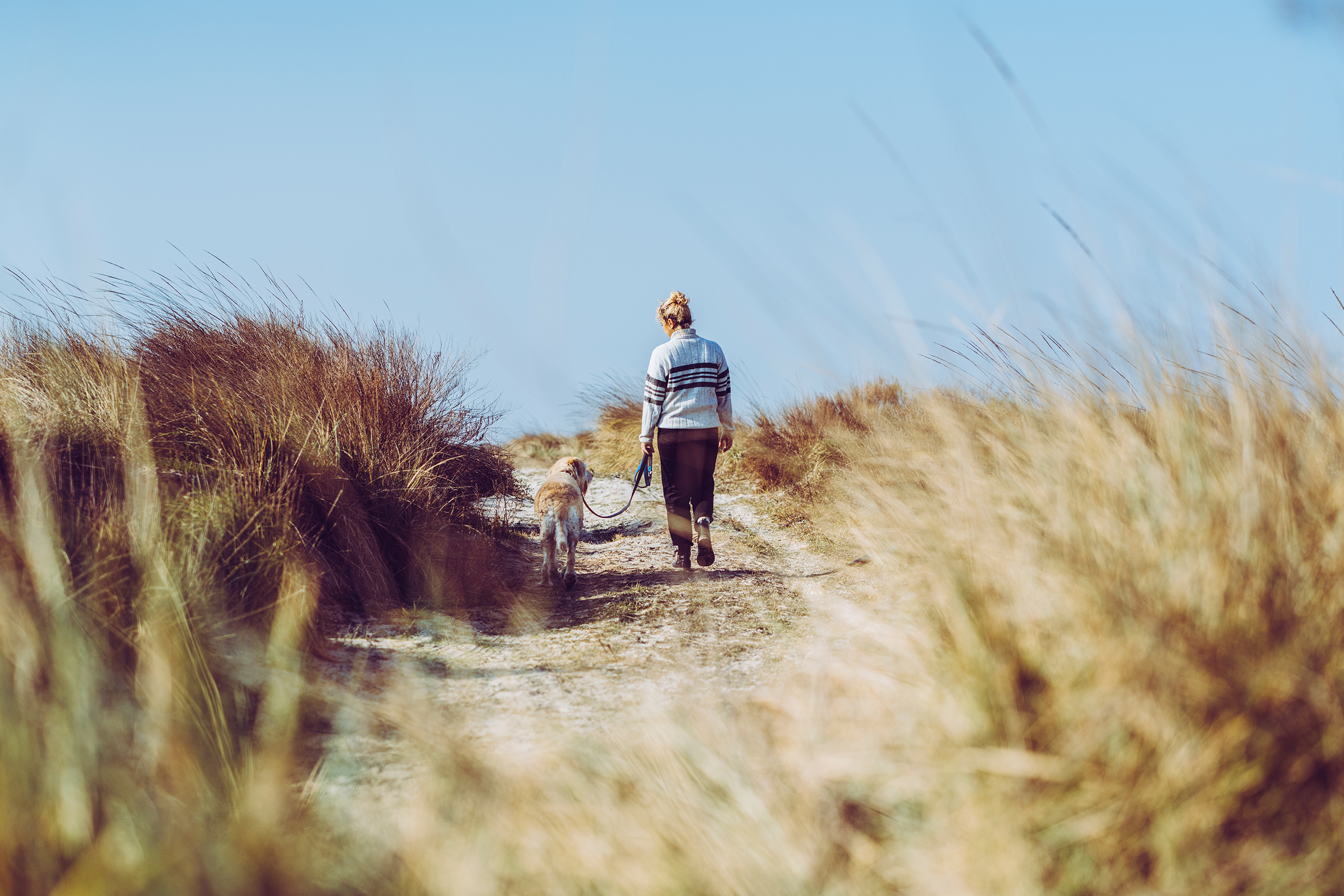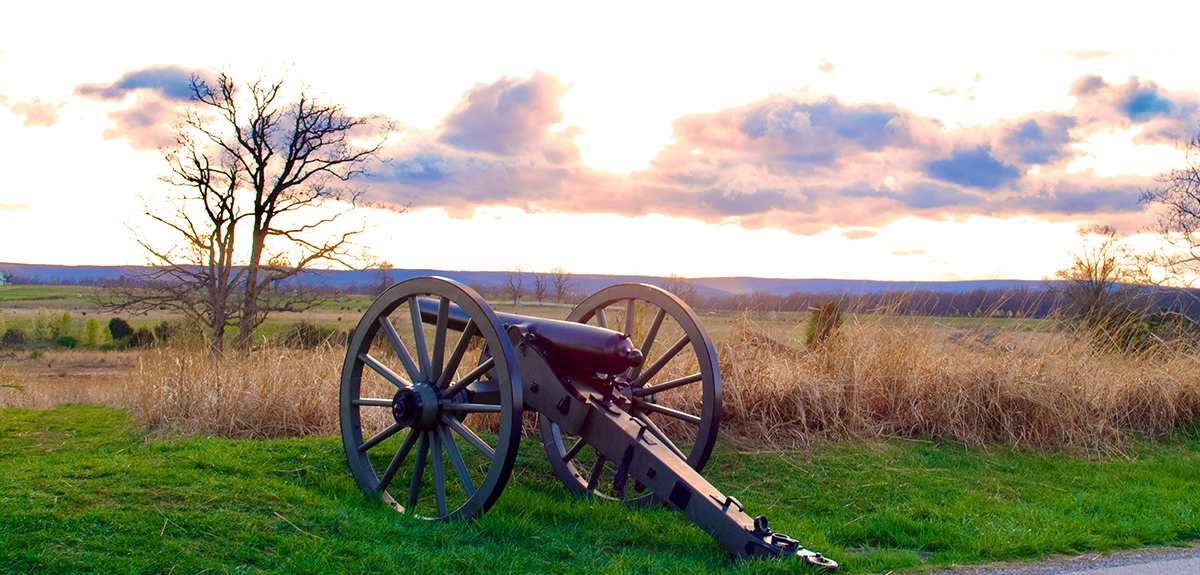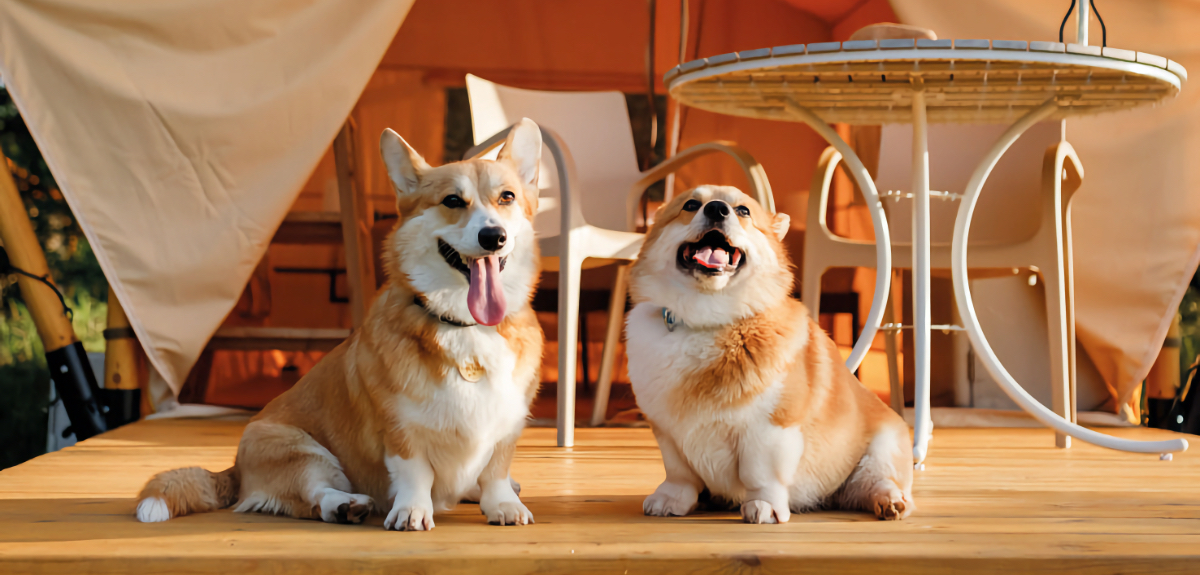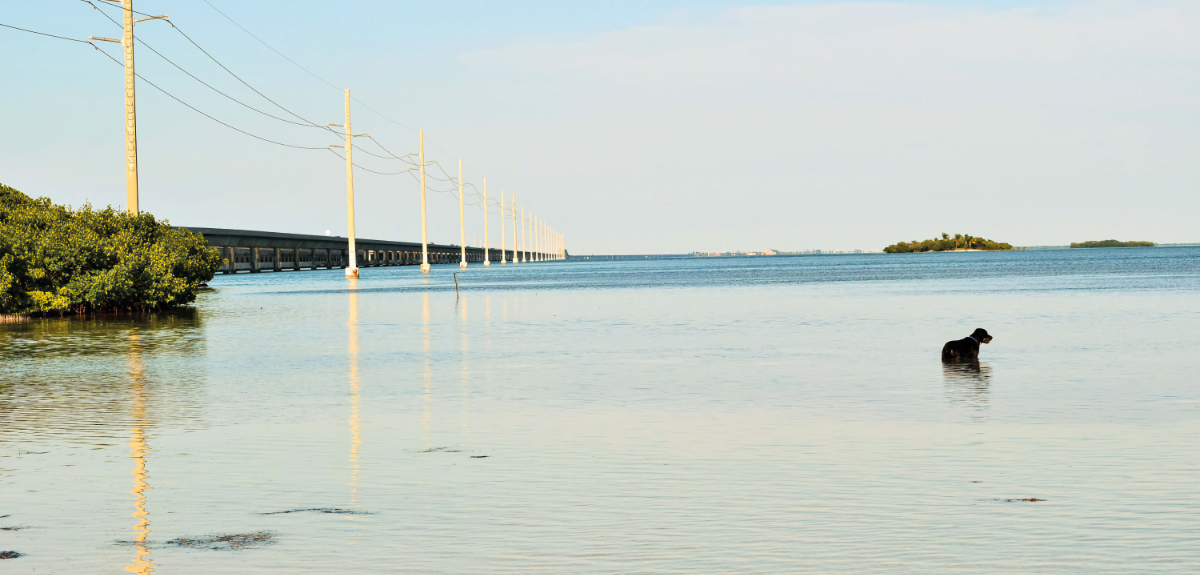RV Travel with Dogs, Cats, and Birds
Image Caption:
RVing with Pets
“Theo has to go potty, RIGHT NOW!” I’m scrambling to pick up our four-month-old puppy as my husband, Andy, tries to find a safe place to pull over on the side of the road. We are in Arkansas, driving our motorhome on the way to our next RV site. We take the first random exit ramp and I quickly slip on my shoes, fasten the harness and leash to Theo, and step into the ditch. He relieves himself quickly and we get back into our motorhome, but not before I notice that he is upset. Our pit stop landed us on a fire-ant colony and they are biting Theo’s tummy, leaving small, red welts in their wake. My husband and I brush them off of him, cringing as the ants turn on us, but we are soon back on the road.
This is just one experience we’ve had with our dog on the road, but it’s one that may deter people from bringing along their pets in the motorhome. A lot of people choose to bring their pets with them on vacation, but not all would consider traveling with them full time, especially while living in a motorhome with the number of animals we have. In 2015, Andy and I sold our home in St. Paul, Minnesota, quit our jobs, and set out in our 1997 National RV Dolphin motorhome towing a 1988 Jeep Wrangler. At 34 feet long with about 300 square feet with the living-room slide extended, the two of us travel with two dogs, two cats and a bird.
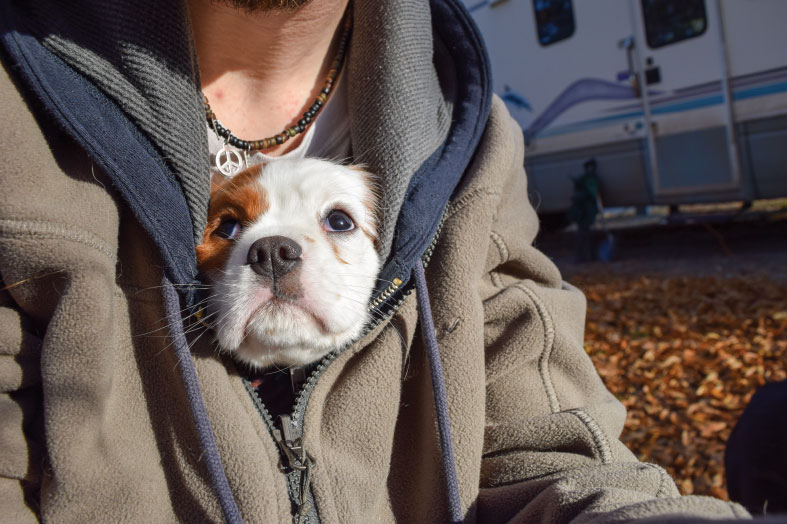
Theo stays warm inside Andy’s jacket. Theo has been a full-time RVer since he was 3 months old.
Full timing with Animals
We had many reasons for making the decision to full-time, but it boiled down to being sick of working 50-60 hours a week and hardly seeing each other. We spent most of our shifts dreaming of our next vacation, and it eventually hit us that this wasn’t what life was meant to be. We looked down the path we were on, at how our life would be in 10, 20 or 30 years, and decided we didn’t like what we saw. So, at the ripe ages of 27 and 28, we decided to retire.
Fur Family
Andy and I do not have children in the sense of human kids, but we do have pets; we consider them all non-negotiable members of the family. When we concocted the plan of traveling in a motorhome, we were faced with the obstacle of how to include our pet family into our new life. The thought of leaving our human friends and families in Minnesota was painful, but we knew that we could still be happy as long as we had our furry/feathered family members with us.
While shopping for our new motorhome, foremost in our thoughts was how to make it work with our pets. We quickly eliminated fifth-wheels, travel trailers and toy-hauler trailers because we could not easily ride with all of us in the cab of a truck, and I was not comfortable having our pets ride behind while towing, not knowing if they were OK or if something had slid out of place. After touring more than 50 motorhomes, we settled on our Class A National RV Dolphin. It was a perfectly manageable size with all the details we were looking for: nice countertops, partial hardwood floors and space for our pets (not to mention that it was animal-themed, with dolphins everywhere). I was immediately in love.
We spent months preparing our home in St. Paul for sale, and while showing it to potential buyers, our pets stayed at my parents’ house. It was hard to be away from our pets, even for only a few days at a time. We knew that we were making the right decision to bring them with us on the road … or at least we hoped it was the right decision. When our beautiful 1897-built home sold to a young couple, I was heartbroken at the thought of saying goodbye, but optimistic as we drove back to our motorhome that night. For the first time, the Dolphin was our home. I was filled with a mixture of terror, regret, disbelief and overwhelming excitement.
Preparing Pets for Full Time RVing
We saved up money over the next several months, living with the motorhome parked in my parents’ driveway. I never thought I would move back home (and technically I guess I still hadn’t), but this was the only way to make our dream of traveling come true. When we weren’t working like crazy, we were getting the coach road-ready, and getting our animals accustomed to their new home. Our cats took the longest to adjust to the new scents and noises our motorhome made. The first time the water pump turned on, my cat, Lila, ran and hid for more than an hour. Eventually, with the help of a few treats, everyone started to come around. Once the calendar turned to October, we had quit our jobs, said our goodbyes and were heading off on the open road, unsure of where life would take us, but ready for an adventure.
Birds on the Road
We knew that the most difficult family member to travel with would be our bird, Pica. She is a sun conure that we hand-fed as a baby and who is now nearly 10 years old. She had been accustomed to a large cage and room of her own, so we weren’t sure how she would handle the downsize. We were also concerned about the safety aspects of fumes from cooking and cleaning in such a small space.
After a lot of research, we ended up buying an acrylic birdcage. We could strap it to our dining-room table while we were driving, and mount it in the front windshield while parked. This meant that her cage would not take up any usable space while in camp, since the windshield can often be dead space in a motorhome. After more research, we purchased ceramic cookware and natural cleaning supplies. These, combined with proper ventilation, created the safe environment we needed to include Pica in our journey.
Cats on the Road
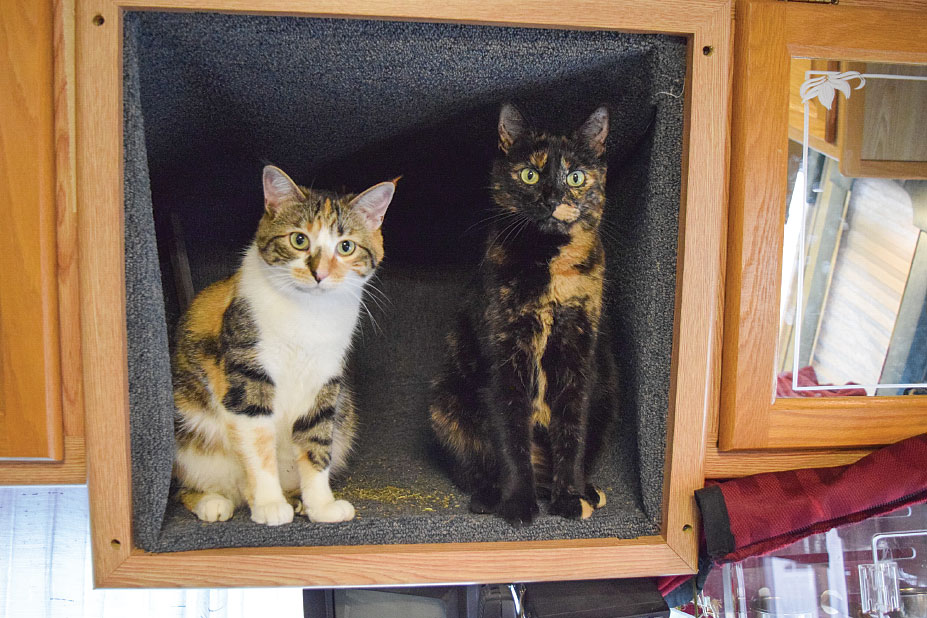
Ellie and Lila enjoy their kitty crawl space, which is a converted TV cabinet.
Our next concerns were the cats, Ellie and Lila, now 2 and 7 years old, who were used to roaming a two-story house with multiple litter boxes. Where the heck do you put a litter box in a motorhome? And, how do you make sure it doesn’t smell like urine every time you walk inside the motorhome? Our answer was to place the litter box in a cabinet originally meant to be a clothes hamper, to remove the cabinet door so they had easy access and to switch them to Blue Buffalo’s walnut-based litter, which cuts out the dust and is great for odor control. For entertainment (and to help preserve the furniture), we brought a small cat tree and corrugated cardboard scratching boards that we installed under our dining-room chairs.
We also include regular walks outside, with the cats on their harnesses. It took a little effort to get them used to their harnesses, but we wanted them to be safe outside. We found that the easiest way to do this was to let the cats wear the harnesses around inside the motorhome, just to get acclimated. We fed them their favorite wet foods so they would associate their harnesses with good things. When we take them outside, we typically just let them roam the area, dragging their leashes on the ground behind them. They don’t normally wander too far or try to run, but the leash and harness are extra security that makes them easier to catch and bring back inside. If the leash catches on something, they still try to slip the harness, so we always stay close while they explore. After converting the old TV cabinet into a hidey-hole for them, we managed to complete our cat-friendly RV transformation.

The McLaughlin’s camping spot in the bluffs of Iowa during the Halloween season.
Dogs on the Road
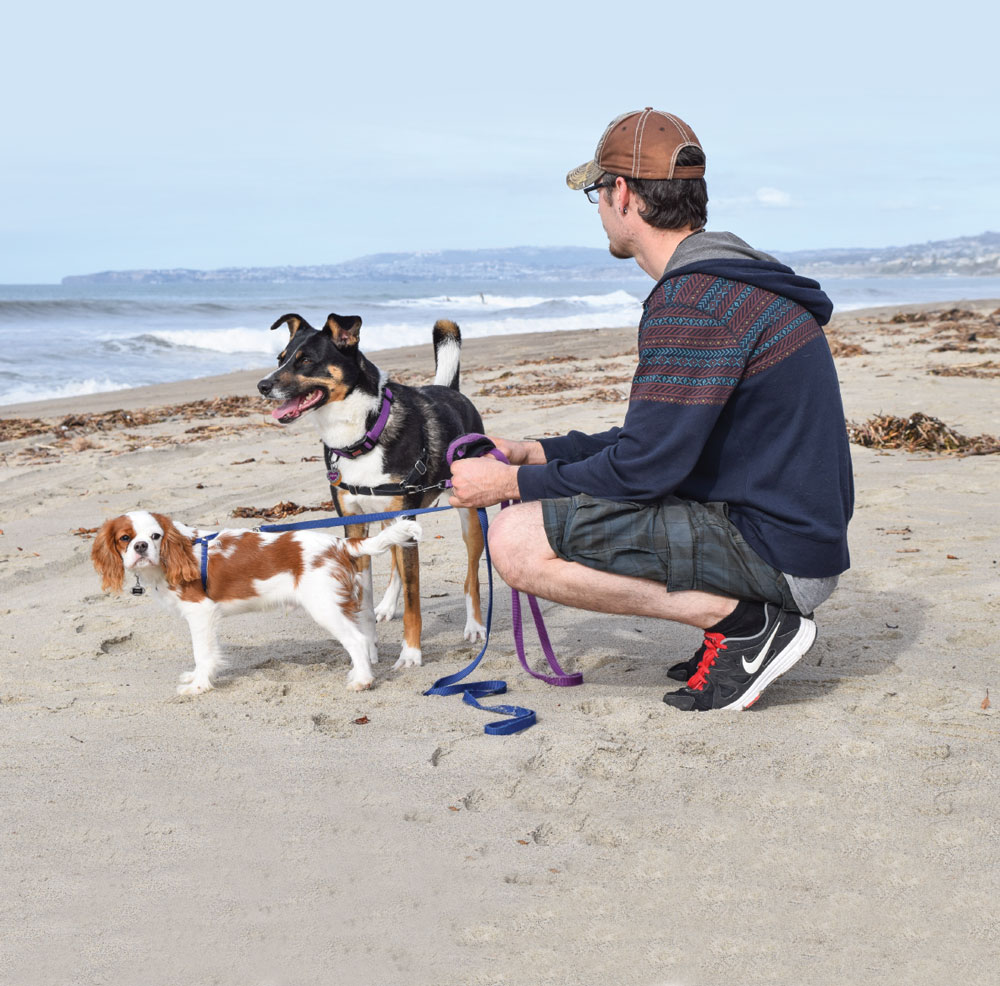
Andy, Theo and Piper watch the waves on a beach in Southern California. Regular walks and outside time are a must when traveling with pets, not only for potty breaks, but also for exercise and for everybody’s overall well-being.
Theo and Piper, our dogs, are wonderful travelers. Theo (or as Andy calls him, “Ted”) was only 3 months old when we left on our adventure, so he grew up only knowing life on the road. Piper, almost 5 years old, has always adjusted well as long as she has Andy nearby. She loves to explore with him, always by his side when he is around. With her, the biggest thing we’ve had to learn is to put the cat food away when we leave. After three broken dishes, we’ve finally learned our lesson.
The dogs are the easiest travelers – no surprises there. We haven’t had any trouble finding campgrounds that accept dogs, but we do our research and call ahead to be sure. We always try to look for places that have hiking trails nearby, and since we don’t like to be crammed in sardine-style like many RV parks, we tend to shy away from such places in favor of state and county campgrounds. When we do need to leave the dogs alone, we make sure to leave our motorhome nicely temperature-controlled and we put our little guy, Theo, into a crate so he doesn’t get into trouble. Those innocent eyes don’t fool anyone when you’re staring at a pile of torn-up paper on the floor. As far as their routine goes, it is very similar to what we did in our house: plenty of outside time, but more than enough time for cuddling as well. Though easy to travel with, the dogs take up the most space out of everyone.
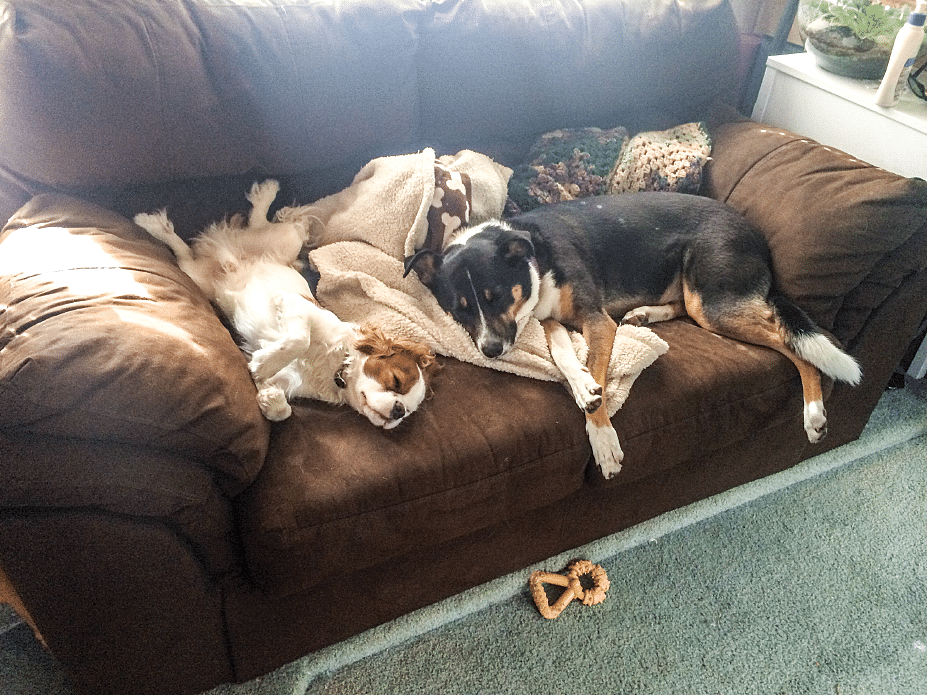
Theo and Piper relax after a long hike. When Angela and Andy leave the dogs alone in the motorhome, they set the thermostat to a comfortable temperature.
Storing Pet Essentials
As in any motorhome, there is always the issue of storage. Finding room to keep dog food, cat food, litter, leashes, harnesses, medical supplies, treats, toys, kennels and bird supplies means giving up space initially meant for us. By far, our biggest challenge is keeping our motorhome clean. The upside of a small space is that it doesn’t take long to clean; we just have to do it every day! After investing in an awesome vacuum – a Shark Rocket Ultra-Light – that is lightweight and breaks apart for storage, we’ve successfully battled the fur-and-feather dust bunnies invading our motorhome.
We’ve learned a lot about ourselves and our relationship from this experience. Most of all, we’ve learned that what makes a peaceful home environment is for everyone to have their own space when they need it. Piper and Theo have separate beds, Ellie and Lila have their tree and cat-hole, and Pica has her cage and playpen. Andy and I can get away just by going outside for a walk.
Adapting to Life on the Road
Andy and I are thankful that we made the decision to travel with our pets, and we all have adapted quickly to life in a motorhome. Our pets enrich our traveling experience by making us feel more complete while on the road. Hiking and swimming with the dogs, bird-watching with the cats and sharing meal times and movies with our bird make it feel like a real home. Our pets have been with us through wildfire scares in Oklahoma, unexpected snowstorms in New Mexico and rainstorms in Missouri that threatened to sink us into the mud, and they’ve been along down windy, slippery mountain roads when we weren’t sure we would make it to the bottom. They may not have known the dangers we were facing, but they were there to comfort us afterward.
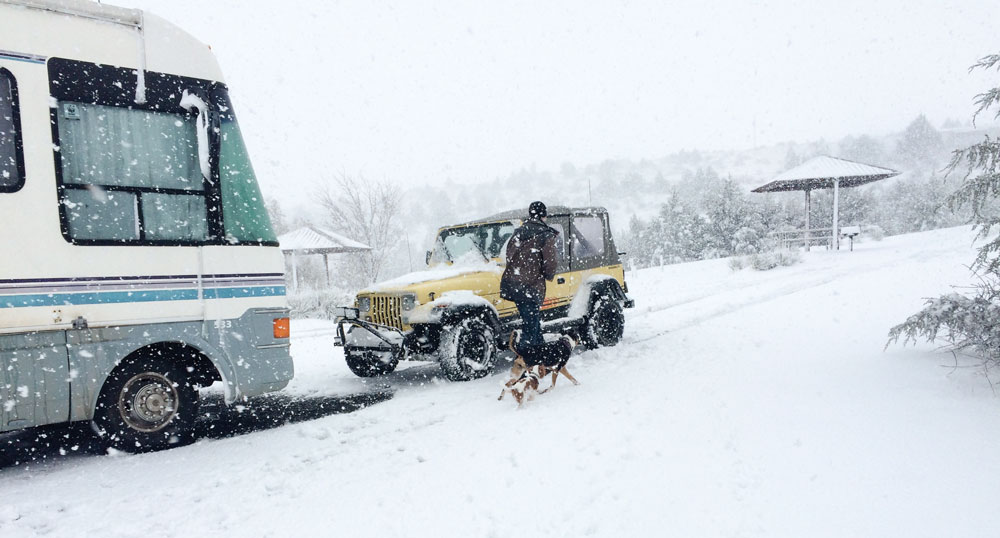
Caught in an unexpected snowstorm while camping in New Mexico. This was Theo’s first snow experience, and he took to the white stuff right away.
Though we gave up a life in Minnesota, we’ve created a new one on the road in our motorhome. With all of us together, each campsite or RV park feels like home. We get to travel with our family, exploring amazing places and meeting people who, like ourselves, want to travel with their pets. It’s not only a possibility – it’s the most fulfilling option for people who view their pets as family.

